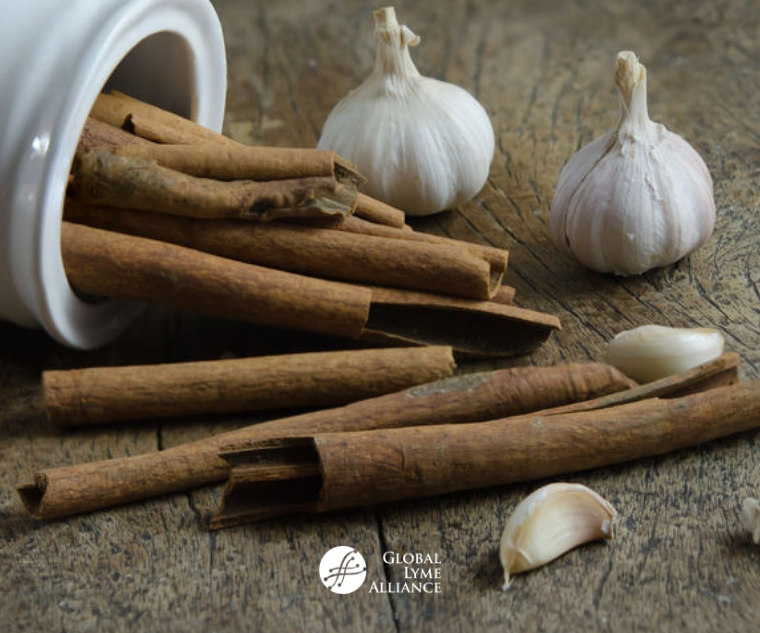
by Mayla Hsu, Ph.D., Director of Research and Science, GLA
Global Lyme Alliance’s Director of Research and Science offers perspective on newly published research on using essential oils to treat Lyme disease
Global Lyme Alliance (GLA)-funded investigator Ying Zhang, Ph.D. (Professor at Department of Molecular Microbiology and Immunology, Johns Hopkins Bloomberg School of Public Health) details new findings on the effectiveness of certain essential oils to treat Lyme disease; “Identification of Essential Oils with Strong Activity against Stationary Phase Borrelia burgdorferi.”
Persister forms of B. burgdorferi, the bacterium that causes Lyme disease, are dormant or slow-growing, and tolerant of antibiotic treatment. It’s not clear yet whether persister bacteria, immune dysfunction, or some combination of the two is responsible for post-treatment Lyme disease syndrome (PTLDS), in which patients treated with antibiotics continue to suffer symptoms.
The search for novel compounds to kill persister bacteria has led to the discovery that essential oils (EOs), aromatic compounds produced by plants, may be promising. In an article published in Antibiotics, a peer-reviewed journal, scientists led by Dr. Ying Zhang identified 10 EOs that have strong activity against stationary phase B. burgdorferi at a low concentration of 0.1%. The study, underwritten by GLA, found that of the 10 EOs, those of garlic, allspice, and Palmarosa were active at even at 0.05% concentration. In addition, cinnamaldehyde, a major ingredient isolated from cinnamon bark, was active against both stationary phase bacteria as well as replicating B. burgdorferi at a 0.02% concentration.
A stringent test of antimicrobial activity against stationary phase bacteria is the capacity to block subcultured bacteria from growing. This means that after killing bacteria in culture with the inhibitor, a small amount of that culture is transferred to fresh growth media that lacks the inhibitor. Any regrowth indicates that the inhibitor did not completely kill all bacteria from the original culture. Under these conditions, only garlic and cinnamaldehyde were effective against the regrowth of B. burgdorferi spirochetes subcultured for 21 days.
These results indicate that certain EOs or their ingredients are potent in eliminating persister B. burgdorferi, and should be studied in greater depth to analyze their utility as potential treatments.

GLA
Admin at GLA






